Turbine Generator Services
Turbine Maintenance
Our turbine repair and maintenance services cater to a diverse array of power generation systems, including Thermal, Nuclear, and Hydro Turbines. With expertise in Steam Turbines, Nuclear Turbines, and Hydro Turbines, we ensure optimal performance and longevity for your critical assets. Count on Toshiba for your turn-key outage needs, from condition-based scope development, to application of latest technologies, through unit disassembly and shop repairs. Our skilled technicians and engineers utilize cutting-edge techniques and state-of-the-art equipment to diagnose issues, perform necessary repairs, and implement preventive maintenance measures. Whether it’s addressing wear and tear in a steam turbine or optimizing efficiency in a hydro turbine, our tailored solutions prioritize safety, reliability, and efficiency to keep your operations running smoothly. Trust us to safeguard your investment and maximize uptime in the dynamic landscape of power generation.
Services include:
- Turnkey Outage Services
- Shop Repairs
- Inspections
- Steam Path Audit
- Life Assessment
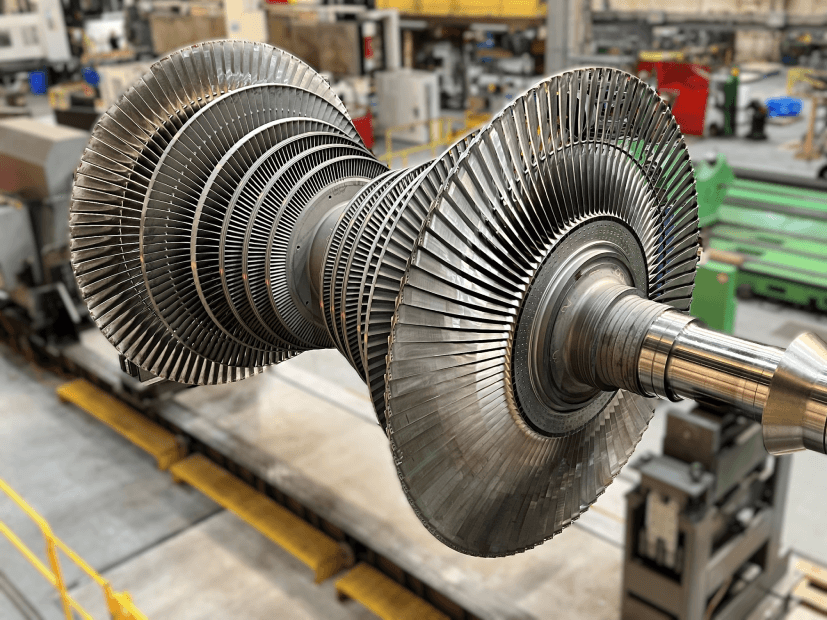

Generator Maintenance
Specializing in Thermal, Nuclear, and Hydro Generators, our expert team ensures the seamless operation of your crucial assets. From routine maintenance to complex repairs, we prioritize the longevity and performance of your generators. With a focus on safety and precision, we address any issues promptly, keeping downtime to a minimum. Trust TAES to optimize the functionality of your Thermal, Nuclear, and Hydro Generators, providing you with peace of mind and uninterrupted power supply.
Services include:
- Shop Repairs
- Retrofits
- Inspections
- Stator Rewind
- Turnkey Outage Services
Parts Manufacturing

Hex nuts

MSV Valve Cap

Castle nuts
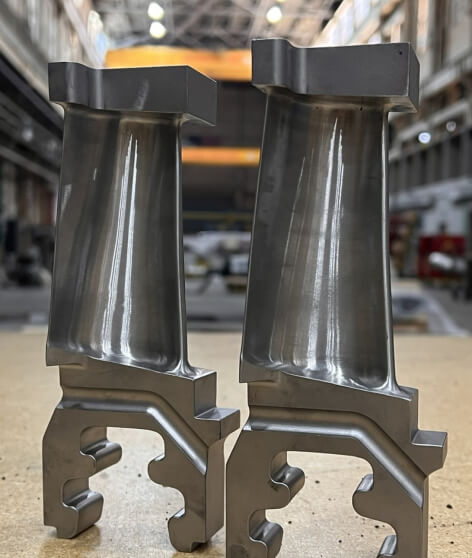
Turbine Blades
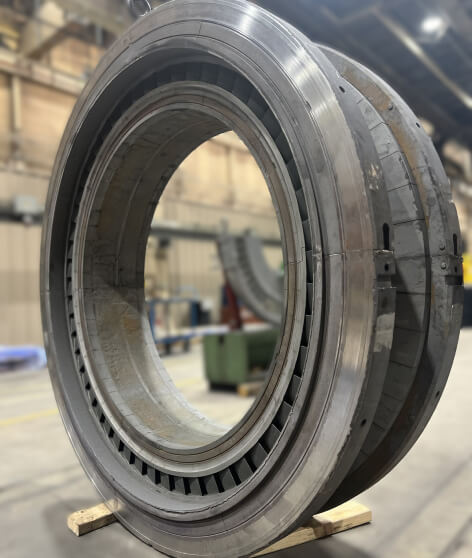
Diaphragm
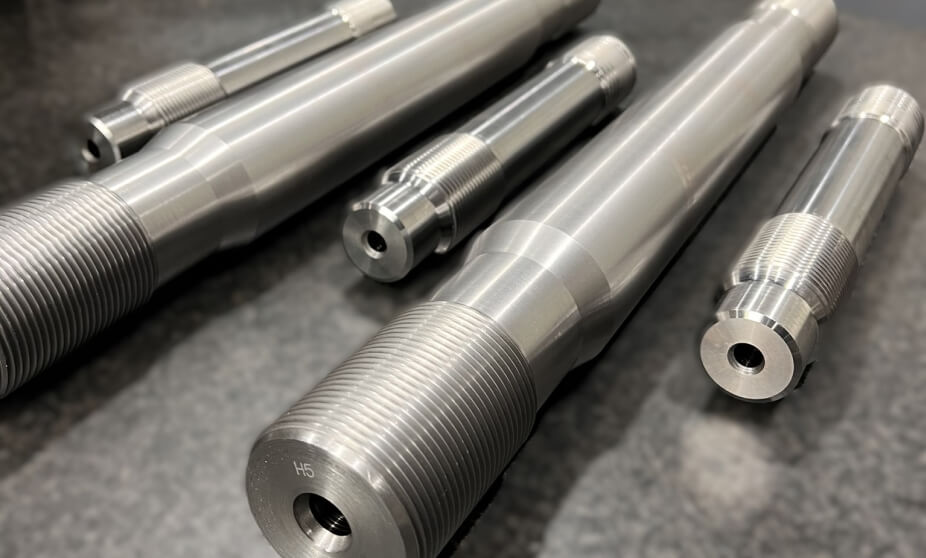
Studs

Hex nuts
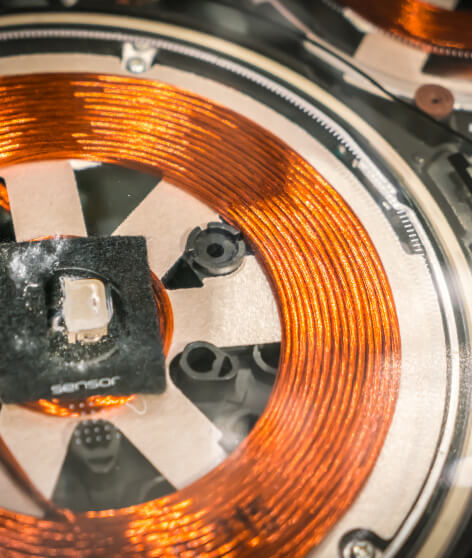
PRODUCT NAME

Castle nuts

Turbine Blades

Diaphragm

Studs

Milwaukee Service Center Capabilities
Generator Maintenance
- Rotor Rewinds
- High Speed Balance
- Retaining Ring Replacement
Steam Turbine Maintenance
- Diaphragm Repairs
- Blade Replacement
- Valve Repairs
